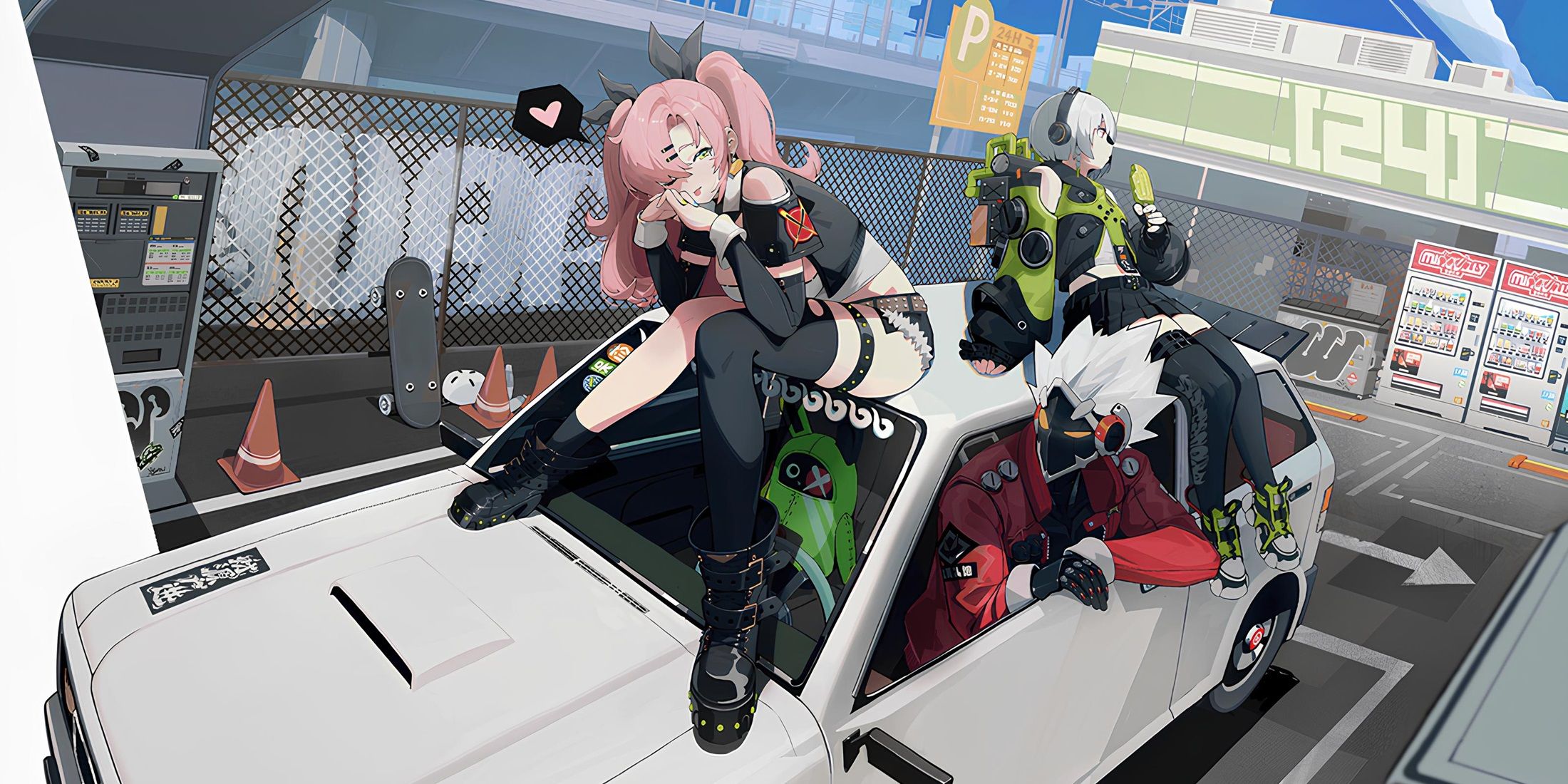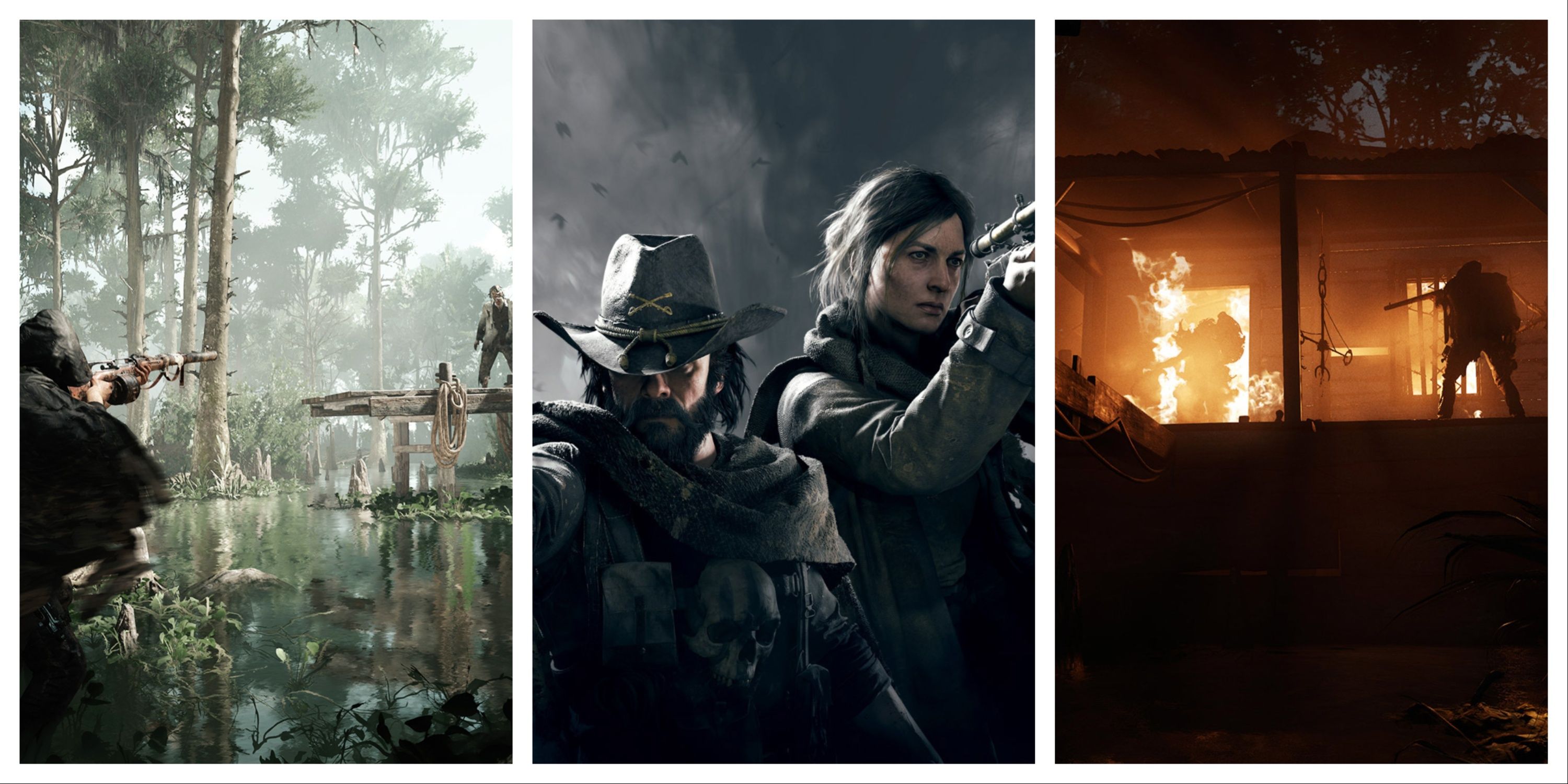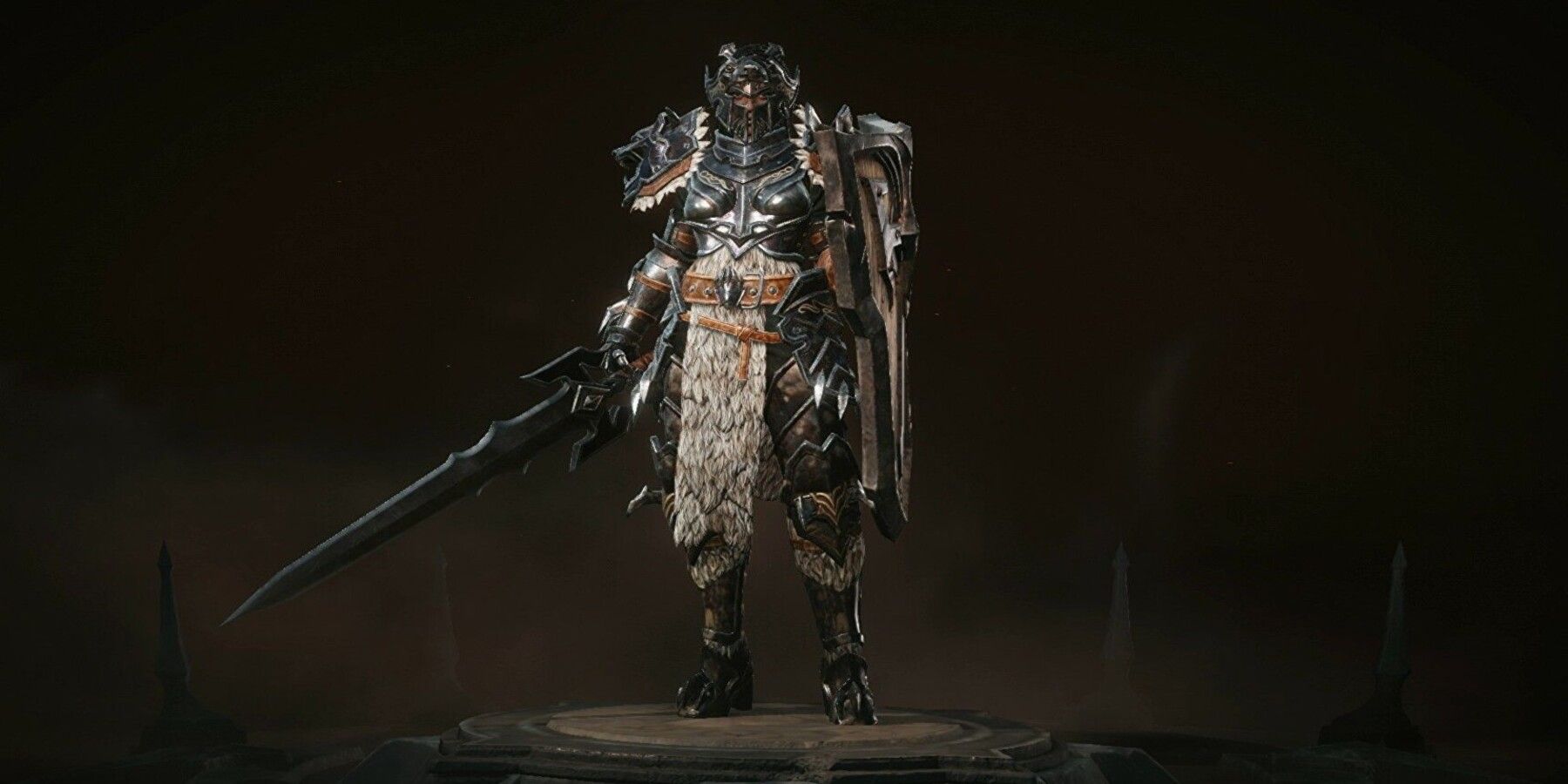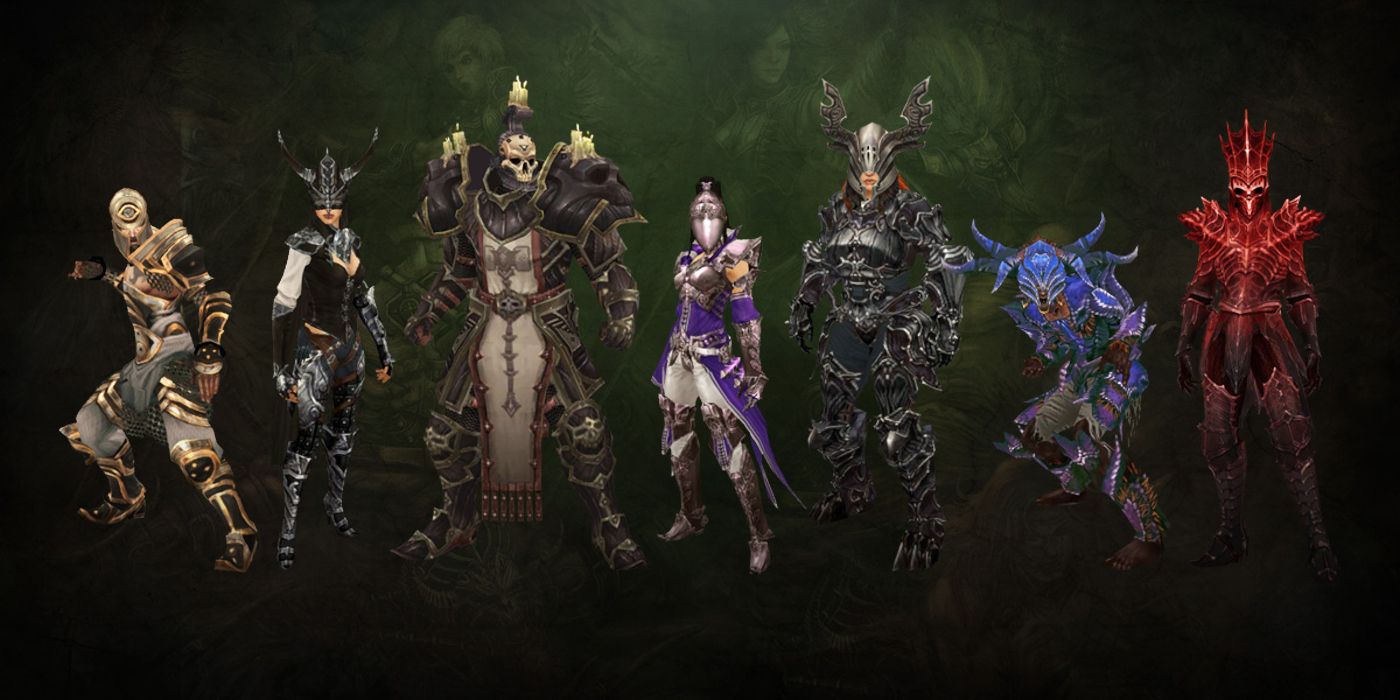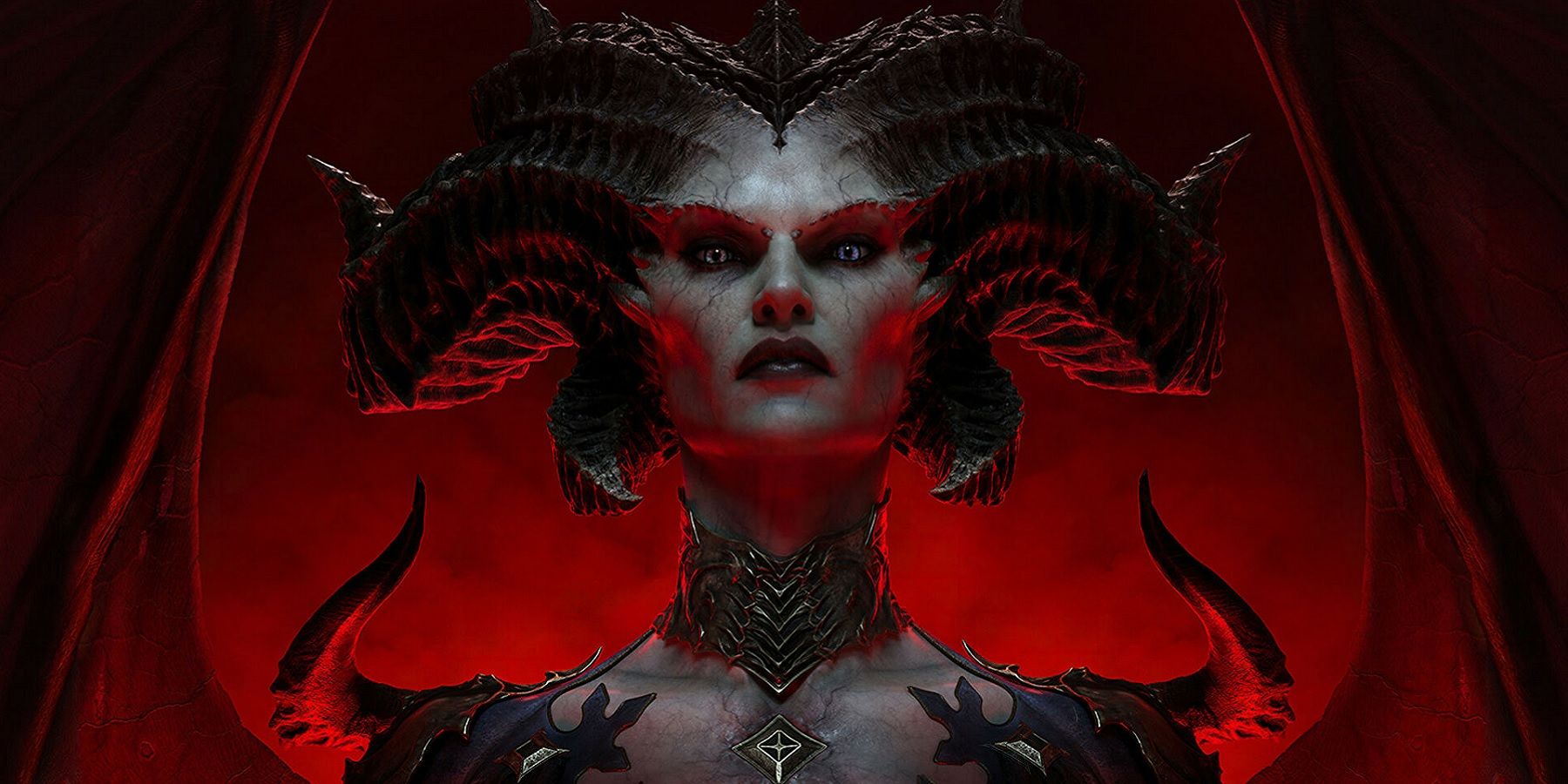Item sets in Diablo are unique equipment that becomes more powerful, with more items from the same set being equipped. Recognizable by their green text name and first introduced in Diablo 2, there are two kinds of partial bonuses in item sets: a general and specific bonus. The former activates when two or more different set pieces are equipped, and the latter when two or more specific set items are equipped. Eventually, the goal would be to gain get a full set bonus from other unique items from Diablo 2's endgame to add to the partial set bonuses' already beefy properties.
The most common type of item sets are found in the form of armor like boots or helmets, but there are also weapons or even accessories included. Items sets also have a relatively unique set name to other pieces of equipment in Diablo, like Cow King's Leathers or The Typhon's Veil. Moreover, the pieces of equipment have a relatively unique cosmetic look, with the best item sets in Diablo sometimes tied to the game's lore and canon. While item sets are a big part of Diablo, the difference between each item varies from Diablo 2 to Diablo 3 and even Diablo Immortal.
The Different Kinds of Item Sets in Diablo
Item sets may have been first introduced in Diablo 2, but they were on the low end regarding gear priority, with runes and runewords being the main grind focus. In addition to needing to identify items in Diablo 2, runes placed in specific combinations become runewords granting enhanced properties from magic resistance to increased health. That doesn't mean that item sets were entirely useless; most could act as an alternative. However, the more powerful runewords were discovered, the more they outshined most item sets. Alternatively, item sets were highly sought after in Diablo 3, sporting incredibly powerful stats and taking character classes well beyond their destructive potential.
One of the main differences between regular legendaries and item sets is that the former is relatively easy to come by, whereas the latter is sometimes locked behind a difficult wall or takes time to obtain. This is partly due to the greater rifts in the endgame in Diablo 3, which required higher-tier equipment to combat the high-level enemies to level up paragon levels or gain a better score. Diablo Immortal followed the same principle changes in item sets, with the tradeoff being the piece of equipment was far more challenging to obtain. Rather than drop from different random mobs, Diablo Immortal's item sets had other locations and dungeons to farm; however, the drop rate was scarce with dungeons requiring multiple runs.
How Item Sets Could Work In Diablo 4
Unfortunately, Diablo 4 will not have item sets at launch, as they will be released in a post-launch update. One of the main reasons for the delay is so the items can be appropriately integrated within Diablo 4. Considering the vast difference between item sets from Diablo 2 and 3 and how much of an impact they can make, it's no surprise that it's a feature the developers want to get right. While this is disconcerting, especially for item set fans, it opens possibilities to expand on the concept. Since Diablo 4 borrows some features from Diablo 2 and 3, the late addition of item sets could be to make them a combination of both games.
Diablo 4's codex of power system adds renewed flexibility in item sets, allowing for builds to be unique and integrated organically within the endgame. Rather than grinding a level, dungeon, or boss, the codex of power harnesses Diablo 2 and 3's item set customization and adds a well of depth to the classic ARPG. Diablo is one of the few franchises that continue to evolve quickly and change some of its core features for the betterment of the fan base, and item sets are no exception.

